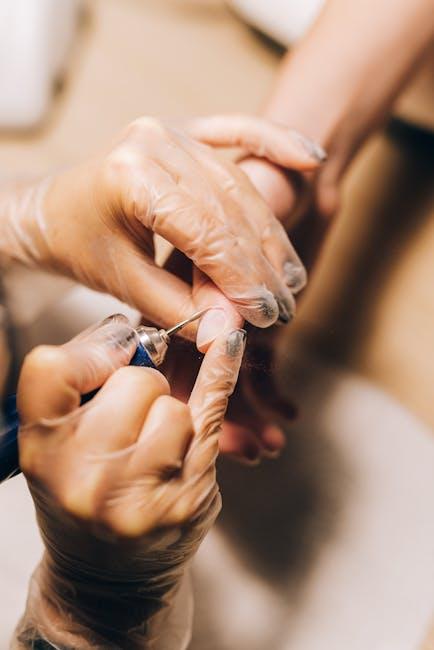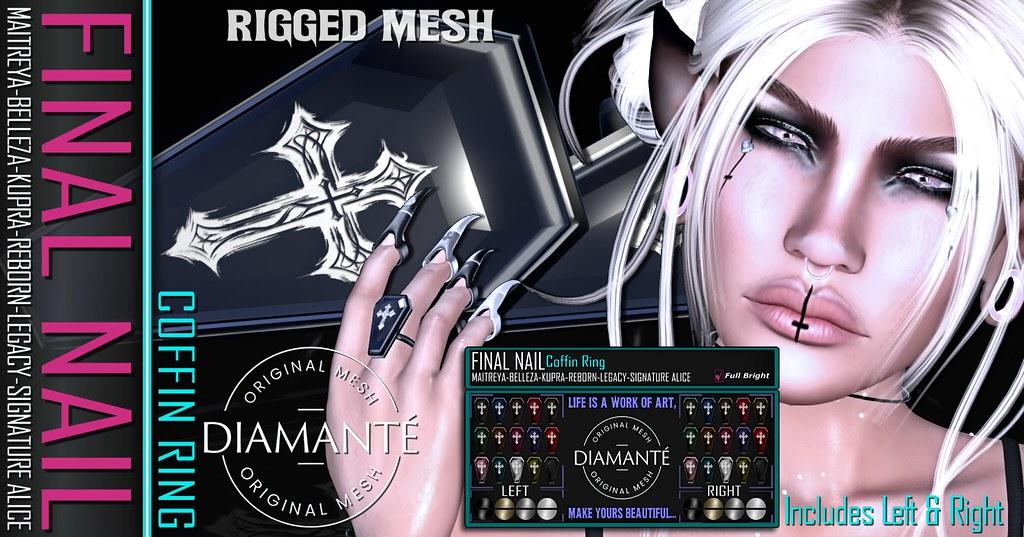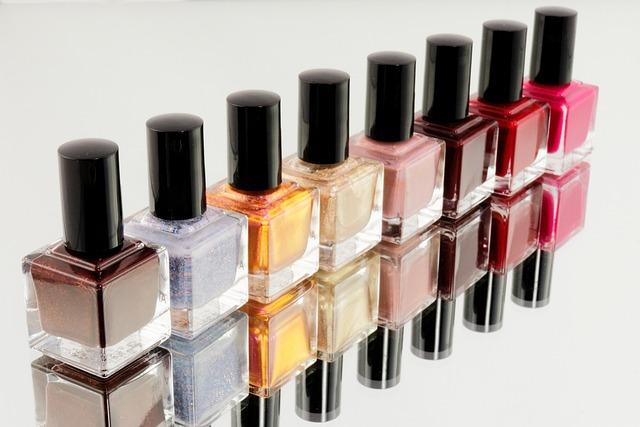In the intricate tapestry of human health, our bodies often whisper secrets through unexpected channels. One such subtle messenger lies at our fingertips: our nails. Often overlooked, these small, seemingly inconsequential parts of our anatomy can serve as vital indicators of our overall well-being. In the hustle and bustle of daily life, it’s easy to dismiss the changes in our nails as mere cosmetic concerns. However, these alterations can be harbingers of deeper health issues that warrant our attention. This article delves into the silent signals your nails may be sending, exploring the warning signs you should not ignore and unraveling the mysteries hidden beneath their polished surfaces. Prepare to embark on a journey that may forever change the way you perceive your nails and, in turn, your health.
Unveiling the Secret Language of Your Nails

Our nails are more than just canvases for vibrant colors and artistic designs—they are insightful indicators of our overall health. A subtle shift in their appearance can sometimes signal underlying health issues that shouldn’t be brushed aside. Listen to what your nails might be trying to convey, and take a closer look at these warning signs:
- Brittle or Cracked Nails: Often linked to deficiencies in vitamins such as A, C, and Biotin, or a result of frequent exposure to water or chemicals.
- Yellowing: While a common side effect of nail polish, persistent yellowing might suggest fungal infections or conditions like diabetes or thyroid issues.
- White Spots: These can indicate minor trauma to the nail, but persistent spots could suggest a zinc deficiency.
- Ridges: Vertical ridges are usually harmless, but deep horizontal ridges could be a sign of stress or systemic illness.
- Discoloration or Dark Lines: Could be a result of injury or bruising, but in some cases, may require medical attention to rule out melanoma.
By keeping an eye on these signs, you can take proactive steps to address potential health concerns. Remember, your nails are a natural reflection of your body’s condition—paying attention to them could be the first step in taking control of your health.
Decoding Color Changes and Surface Irregularities

Nail health often reflects our overall well-being, and subtle changes can signal underlying issues. When examining your nails, pay close attention to any color changes and surface irregularities. These might not just be cosmetic concerns but could be indicative of more serious conditions.
- Yellowing: This can be a sign of fungal infections or respiratory conditions.
- White spots: Often linked to minor trauma or zinc deficiency.
- Dark lines: These could point to melanoma, a type of skin cancer.
Surface irregularities are equally telling. Ridged nails might suggest nutritional deficiencies, while pitted surfaces could be associated with psoriasis or connective tissue disorders. Always consult with a healthcare professional if you notice persistent changes, as early detection is key to addressing potential health issues effectively.
Proactive Steps for Nail Health and When to Consult a Professional

Maintaining healthy nails isn’t just about aesthetics—it’s about ensuring overall well-being. Here are some proactive steps to keep your nails in prime condition:
- Moisturize Regularly: Just like your skin, nails need hydration. Apply a nourishing hand cream or cuticle oil daily to prevent dryness and cracking.
- Maintain a Balanced Diet: Consume foods rich in biotin, vitamin E, and omega-3 fatty acids to support nail strength and growth.
- Practice Good Nail Hygiene: Trim your nails regularly, avoid biting, and use a gentle nail brush to clean underneath.
- Limit Chemical Exposure: Wear gloves when cleaning and opt for acetone-free nail polish removers to minimize chemical damage.
Despite your best efforts, there may be times when professional guidance is necessary. Consult a dermatologist or healthcare professional if you notice:
- Persistent Discoloration: Yellow, green, or black nails could indicate fungal infections or underlying health issues.
- Changes in Nail Shape or Thickness: Swelling or deformation might be signs of conditions like psoriasis or thyroid disorders.
- Severe Nail Biting or Picking: This can lead to infections or permanent damage, warranting professional intervention.
By taking these steps and knowing when to seek help, you can ensure your nails remain not just beautiful, but also a reliable indicator of your overall health.


